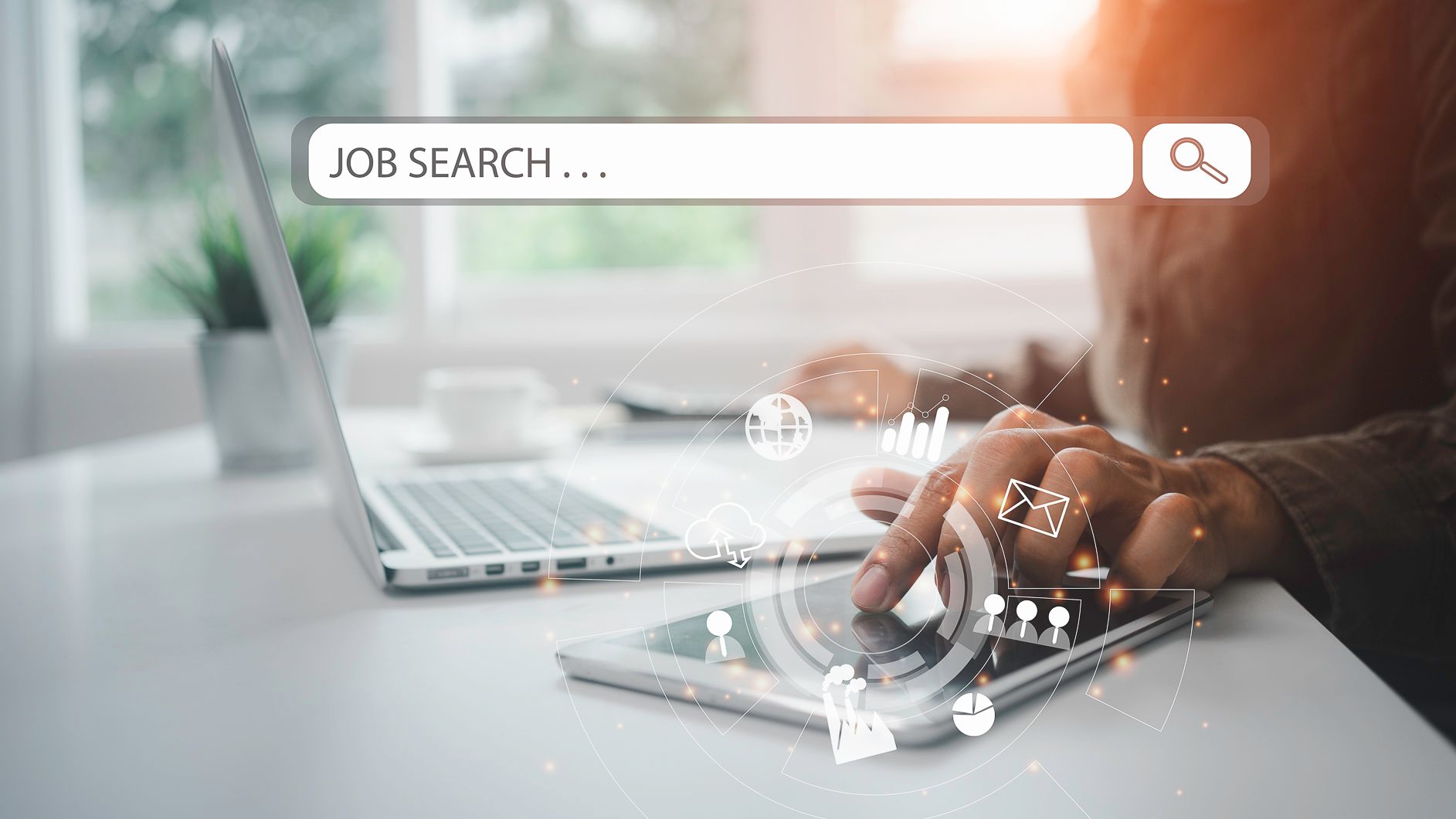While the nature and purpose of the Human Resources function has been evolving for years, the demands of the pandemic dramatically accelerated this transition. HR played a crucial role in helping organisations navigate, survive and even – in some cases – thrive during the pandemic.
With entire workforces pivoting to remote work, a growing sense of uncertainty, rising mental health issues and a tight labour market, HR teams were forced to pivot fast. Both employers and employees turned to HR for additional support and guidance in navigating a work environment that was turned on its head.
In fact, the Australian Human Resource Institute’s (AHRI) October 2020 Pulse Survey revealed that HR professionals felt their influence on their respective executive teams had increased by almost 15 percent over the COVID-19 period.
However, ensuring that HR continues to play this critical role strategically and operationally rather than being relegated to a support function, will depend on what comes next.
Here, we look at what this might mean for the HR operating model, and what organisations can do to support it.
Elevate HR through digitisation and data
Digital HR has a significant impact on HR’s productivity, with the likes of Human Capital Management systems standardising and automating business processes and workflows. This allows HR teams to spend less time on administrative tasks and enables them to focus on activities that are of more strategic value to an organisation. Such technology also allows for the management, collection and analysis of data, enabling HR to make more informed decisions regarding the employment life cycle.
Organisations are increasingly understanding the need to acquire the analytical capabilities to compile, aggregate and analyse the employee data profile. Doing so allows for improved strategic talent management and organisational growth strategies. With the Great Resignation and a tight labour market one of the biggest challenges currently facing Australian employers, HR can leverage data to analyse their workforce, and identify current and future gaps. From there, they can then develop talent acquisition, retention and growth strategies based on this data.
These strategies include where and how to scale organisations with the right employee resources, identify and address diversity gaps, and assess skill set gaps where there is the opportunity for learning and professional development programs.
Embrace agile models and fluidity
One word that became commonplace during the pandemic was “agility”, and for good reason, too. Those organisations that were able to adapt and quickly pivot their product and service offerings proved to be more resilient throughout the pervading uncertainty of the last two years.
But while other areas of the company may have embraced agility, HR teams may have been overlooked in the process. Really developing organisational agility requires HR to lead by example and allow for fluidity within its own function. In practice, this could look like the creation of new operating models; for example, favouring a pool of professionals who can be quickly deployed to deal with critical issues and priorities, rather than the traditional HR silos.
Furthermore, as the way employees work increasingly shifts to shorter-term projects of various lengths, often run by different leaders and organised around teams, it could be poignant to reconsider the traditional annual performance review. In fact, many organisations, including PwC, Pfizer, GE and P&G have switched to frequent performance assessments, often conducted project by project. Overall, the focus is on delivering more-immediate feedback throughout the year so that teams can become nimbler, “course-correct” mistakes, improve performance, and learn through iteration—all key agile principles.
Assess and re-evaluate the employee experience
With the Great Resignation breathing down the necks of many Australian organisations and a tight labour market, employee retention will be key to creating a sustainable strategy moving forward. A crucial component of this will be to reassess and re-evaluate the employee experience.
HR can begin to take an approach similar to that of how retailers define the customer journey — in this case, by identifying the employee moments that matter most and deploying resources accordingly.
For example, critical moments for employees could include the recruitment process, onboarding, performance reviews, promotions and reaching certain years of service within an organisation. The roles and responsibilities of the HR function could then be aligned around these, to better foster a sense of value, growth and success for individuals.
As a result of the blurred lines between work-life and homelife that occurred due to the pandemic, employees are also now wanting organisations to play a bigger role in their mental health and wellbeing. Rather than taking a “one size fits all”, approach, HR will likely need to tailor benefits to suit individuals’ needs, whether that be enhanced sick leave, financial assistance, adjusted hours of operation or childcare provisions. One study even found that embedding small peer-group discussions into the workday twice a month led to lower rates of burnout and higher rates of job satisfaction.
Whatever it is, communication between HR and individual employees will be crucial in determining what’s needed to enhance their particular experience.
If you’re looking for recruitment organisation to partner with your HR team so they can focus on strategic and operational initiatives, contact Bayside Group today and speak with our experienced consultants.



